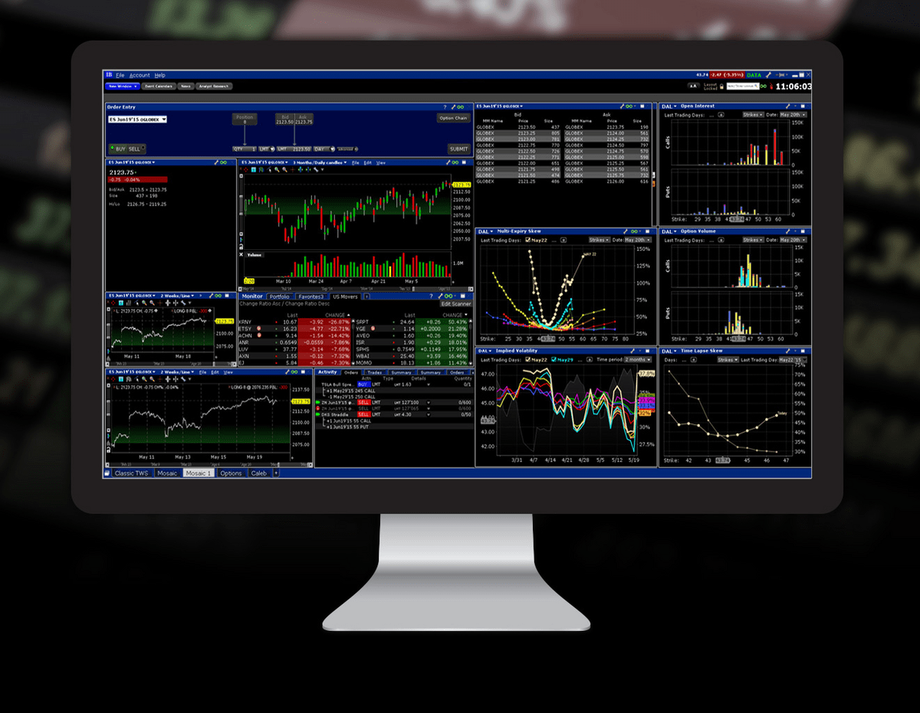In recent years, algorithmic trading has become a dominant force in financial markets. This innovative approach leverages complex mathematical models and algorithms to execute trades at speeds and frequencies impossible for human traders.
What is Algorithmic Trading?
Algorithmic trading involves using computer algorithms to automate trading strategies. These algorithms can analyze vast amounts of data and execute trades at optimal times, minimizing human intervention and emotional decision-making.
Benefits of Algorithmic Trading
-
Speed and Efficiency: Algorithms can process information and execute trades in milliseconds.
-
Accuracy: Reduced human error and consistent execution.
-
Data Analysis: Ability to analyze large datasets for patterns and trends.
-
Cost-Effective: Lower transaction costs due to automation.
Types of Algorithmic Trading Strategies
-
Market Making: Placing buy and sell orders simultaneously to profit from the spread.
-
Trend Following: Identifying and following market trends to capitalize on upward or downward movements.
-
Arbitrage: Exploiting price differences in different markets or instruments.
Challenges and Risks
-
Technical Failures: System glitches can lead to significant losses.
-
Market Impact: High-frequency trading can increase market volatility.
-
Regulatory Issues: Constantly evolving regulations pose compliance challenges.
Conclusion
Algorithmic trading is revolutionizing the trading landscape, offering significant advantages in speed, accuracy, and efficiency. However, traders must navigate the associated risks and regulatory challenges to harness its full potential.
Disclaimer- The information being provided is not or should not be taken as trading advice.

